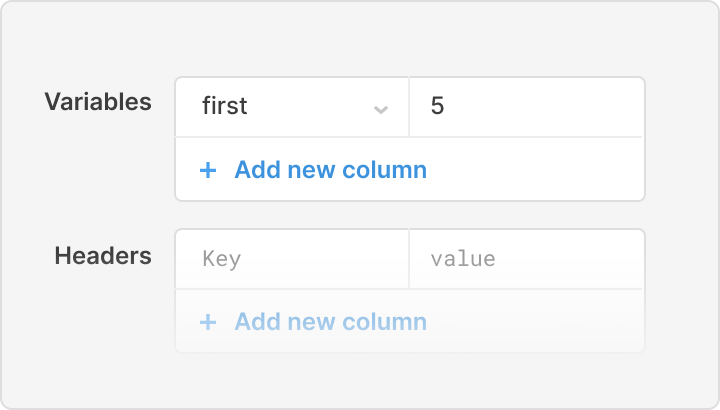

- MAKE A GUI FOR POSTGRES HOW TO
- MAKE A GUI FOR POSTGRES INSTALL
- MAKE A GUI FOR POSTGRES ARCHIVE
- MAKE A GUI FOR POSTGRES FULL
Output a tar archive suitable for input into pg_restore. Output a plain-text SQL script file (the default). Options Output Format Selects the format of the output.
MAKE A GUI FOR POSTGRES FULL
Full support of pg_dump options and output formats. It is portable, installation is not required. While running PaGoDump, one should examine the output for any warnings (Log tab), especially in light of the limitations listed below. The TAR format is not compressed and it is not possible to reorder data when loading, but it is otherwise quite flexible moreover, it can be manipulated with standard Unix tools such as tar. It allows for selection and reordering of all archived items, and is compressed by default. The most flexible output file format is the "COMPRESS" format. PaGoDump can be used to backup an entire database, then pg_restore can be used to examine the archive and/or select which parts of the database are to be restored. When used with one of the archive file formats and combined with pg_restore, PaGoDump provides a flexible archival and transfer mechanism. The archive file formats are designed to be portable across architectures. They allow pg_restore to be selective about what is restored, or even to reorder the items prior to being restored. The alternative archive file formats must be used with pg_restore to rebuild the database. Script files can be used to reconstruct the database even on other machines and other architectures with some modifications even on other SQL database products. To restore from such a script, feed it to psql. Script dumps are plain-text files containing the SQL commands required to reconstruct the database to the state it was in at the time it was saved. PaGoDump does not block other users accessing the database (readers or writers), also it works with databases with any names (unicode) and dump them to any files (unicode again).ĭumps can be output in script or archive file formats. It makes consistent backups even if the database is being used concurrently. go to the Advanced tab and under db restriction copy the database name (it’s the same value as the Maintenance database field filled earlier)."Īrticle contains other usefull guidelines and screenshots.PaGoDump is a GUI Windows utility for backing up a PostgreSQL database built with Microolap PostgresDAC. 
In order to avoid parsing so many databases, we have to white list only those databases we care about. You’ll still only have access to your specific database, not those of others. This has to do with how Heroku configures their servers. You’d see hundreds if not thousands of databases appear in pgAdmin. I highly advise checking save password so that you don’t have to copypasta this every time you want to connect.Īt this point, if we were to hit ‘save’ (please don’t), something very strange would happen. Password - the password field in the credentials. Username - this is the user field in the credentials Maintenance database - this is the database field in the credentials Keep the port at 5432, unless your credentials list otherwise If you go back to your datastores ‘reveal credentials’, this is the host credential. Under the connection tab: hostname/address. Name it whatever you want, I chose ‘Heroku-Run - On’ Right click server(s) > create > server … We have to configure a new remote server with its credentials.
MAKE A GUI FOR POSTGRES INSTALL
For a fresh install of pgAdmin, the dashboard likely contains only one server. "pgAdmin is a GUI for postgresql databases that can be used to access and modify databases that not only exist locally, but also remotely.
MAKE A GUI FOR POSTGRES HOW TO
This article explains how to connect your remote heroku db with pgAdmin, using heroku credentials: the article: As slumdog wrote in the comment to your question, you can use pgAdmin, which comes with your local Postgres installation.






 0 kommentar(er)
0 kommentar(er)
